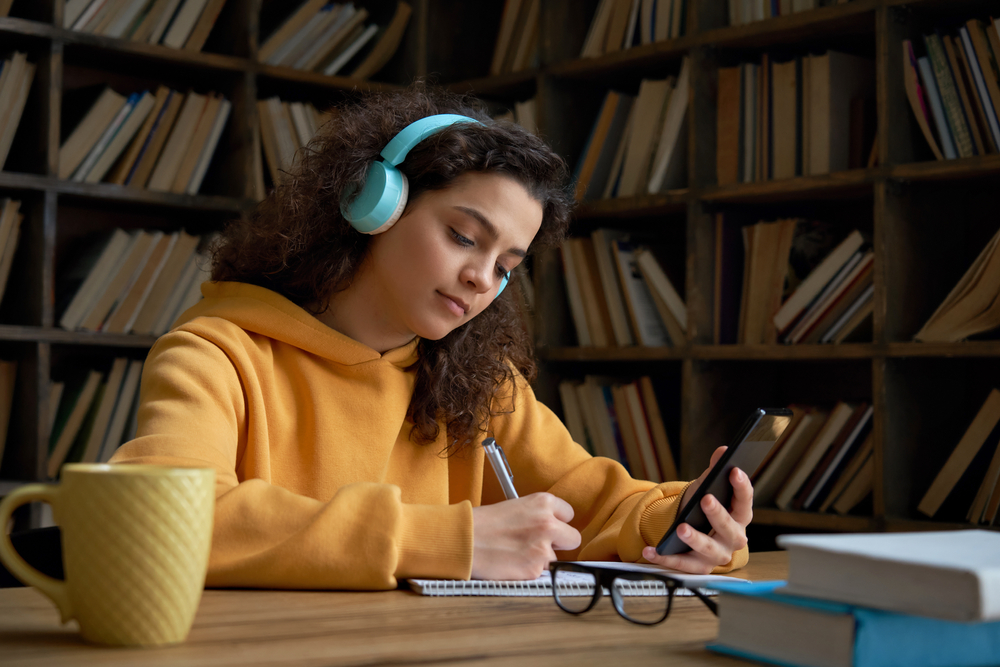In today’s digital world, cell phones have become an essential part of our lives, allowing us to communicate instantly. However, among the conveniences is a hidden disadvantage: the incessant assault of parental texts that invade the school day. Joe Clement, a dedicated high school teacher from Virginia, has seen the negative consequences personally. Parental messages, ranging from questions about test scores to lunch choices, interrupt the classroom environment, interfering with children’s concentration and academic achievement.
Practical solutions for parents: a step-by-step guide
It’s normal for parents to want to keep connected with their children, but there must be a balance between engagement and independence, especially during school hours. Here’s a step-by-step strategy for reducing texting interruptions.
1. Establish communication channels:
For non-urgent concerns, consider using email or phone conversations instead of SMS messages. Erin Rettig, a seasoned school counselor, recommends contacting the front office to prevent interruptions during class time.
2. Set boundaries:
Exercise restraint and establish clear boundaries with your child regarding texting during school hours. Sabine Polak, a strong supporter of the Phone-Free Schools Movement, highlights the necessity of resisting the impulse to respond to non-urgent communications, so reducing unwanted distractions.
3. Encourage independence:
Gradually remove the digital umbilical cord by empowering your youngster to conduct school-related tasks independently. Dr. Libby Milkovich, a renowned pediatrician, emphasizes the need to instill self-reliance and problem-solving skills in children.
Cut that digital umbilical cord
The move from reliance to independence is critical to a child’s development, and technology plays an important role in this process. By progressively diminishing their dependency on constant contact, parents enable their children to manage the challenges of school life with confidence and resilience. It is about creating a balance between assistance and autonomy, allowing children to develop and thrive independently.
Collaborating with schools to implement effective policies
While parental involvement is critical, partnership with schools is also key in combating texting distractions. High school teacher Beth Black argues for proactive measures to prevent usage. Parents and educators can collaborate to establish a conducive learning environment that promotes focus and participation by seizing old phones and enforcing strict limits.
Creating a focused learning environment
The constant buzz of notifications makes it difficult to stay focused and concentrated in class. Emily Cherkin, a seasoned consultant in screen-time management, emphasizes the negative impact of frequent interruptions on learning. By encouraging children to turn off notifications and avoid distractions, educators and parents may work together to foster deep learning and academic performance.











